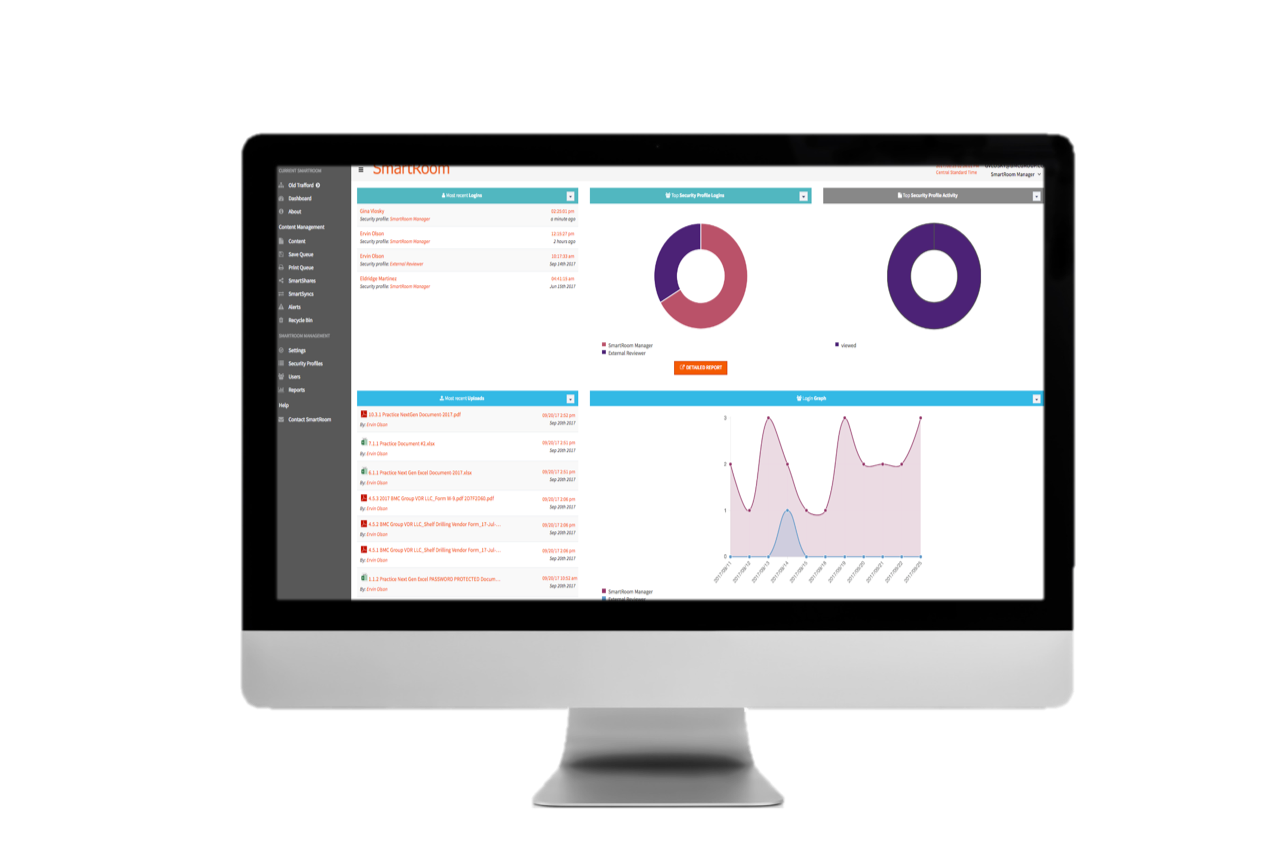Manage important documents and share them securely with stakeholders. Organize your entire Private Equity portfolio in one data room; ready to buy or sell.
The Main Features of Private Equity Data Room
Private equity data room means are part of the software, AIS or are elements of hardware protection systems. Such tools provide information security by implementing logical and intelligent security functions and are among the most popular security tools. This is due to their affordable price, versatility, ease of implementation, and the ability to customize for a specific organization or individual user. At the same time, information security using private equity data room is the most vulnerable point of organizations:
- Software security tools capable of solving the following information security tasks:
- Providing control over the entrance and loading databases using unique identifiers;
- Ensuring the restriction of user access to certain components and their external resources;
- Protection of software that ensures the execution of processes for a specific user from unauthorized subjects;
- Securing confidential data streams;
- Information security from the effects of virus software;
- Destruction of residual data of a confidential nature in files opened after entering passwords in RAM;
- Formation of protocols on the destruction and erasure of residual confidential data;
- Ensuring data integrity by introducing redundant information;
- Automatic security of the AIS users based on data logging information with the subsequent preparation of reports in the logbook of the system.
Most modern OS contains software solutions for blocking repeated access to information. In the absence of such tools, various commercial software can be used. The introduction of redundant data is aimed at ensuring the control of random errors. This can be accomplished through the use of checksums or by providing anti-interference coding.
How to Avoid Unintentional Threads with the Private Equity Room?
Unintentional threats arise regardless of the will and desire of people. This type of threat is most often associated with direct natural or man-made physical impact on the elements of the information system and leads to disruption of this system and/or physical damage (destruction) of information carriers, data processing, and transmission facilities, telecommunication channels.
The reason for the emergence of unintended threats can be both failures due to specific errors of personnel and direct actions of other persons (for example, damage to the cable communication line during construction work), and accidental disruptions in the operation of the system (for example, due to equipment breakdown, software failure, etc.)
Private equity data room’s way of avoiding sources of threats to information security are subjects whose actions can be qualified as intentional or accidental violations. This group is the most extensive and is of the greatest interest from the point of view of the organization of protection, since the actions of the subject can be assessed, predicted and adequate protection measures are taken. Countermeasures in this case are manageable and directly depend on the will of the organizers of information protection.
Besides, private equity data room versions of the standards were created mainly based on the needs of the defense and were aimed at ensuring the secrecy of information. With the development of computer technology and telecommunications, the need arose to create new standards that reflect the features of the modern level of information technology. The applied international standards do not contain end-to-end scales and lists of safety requirements; they are focused on the use of protection profiles, which are a list of functional requirements for systems for a specific purpose.


